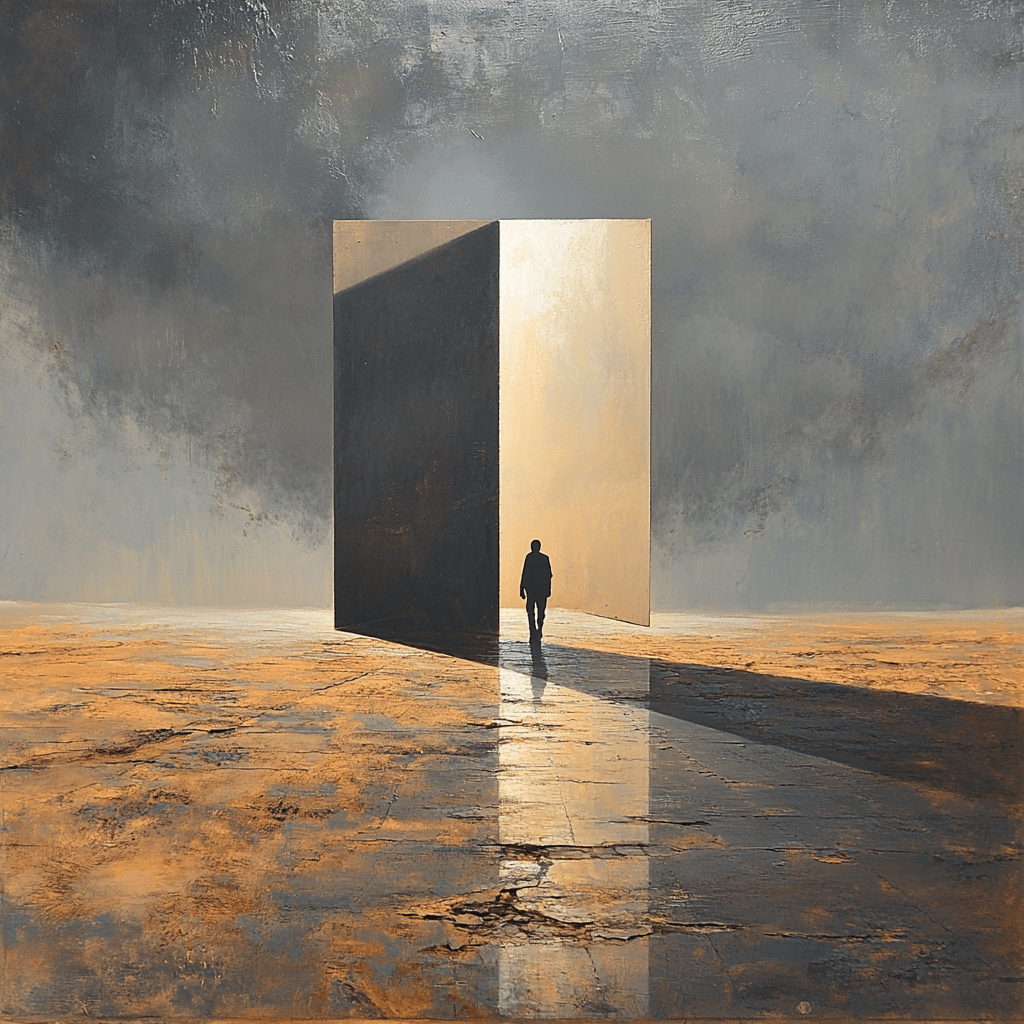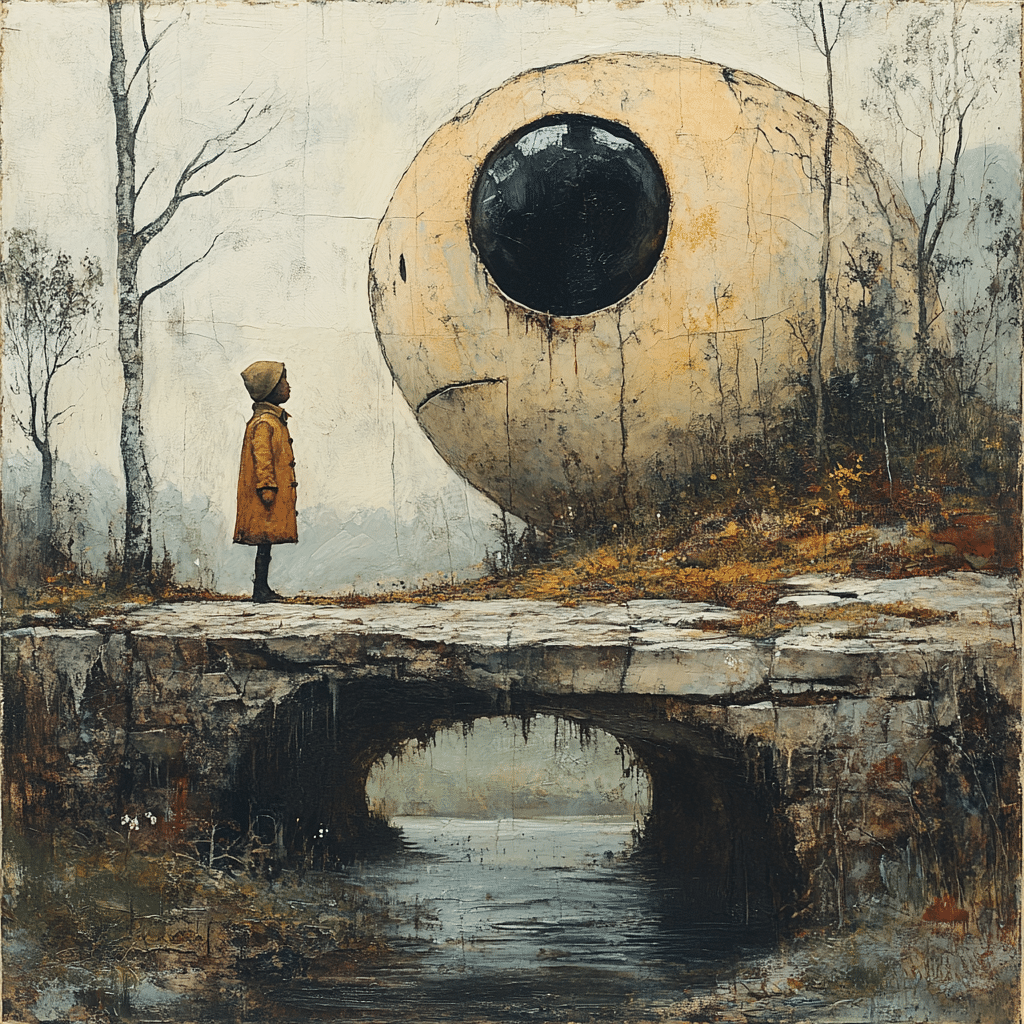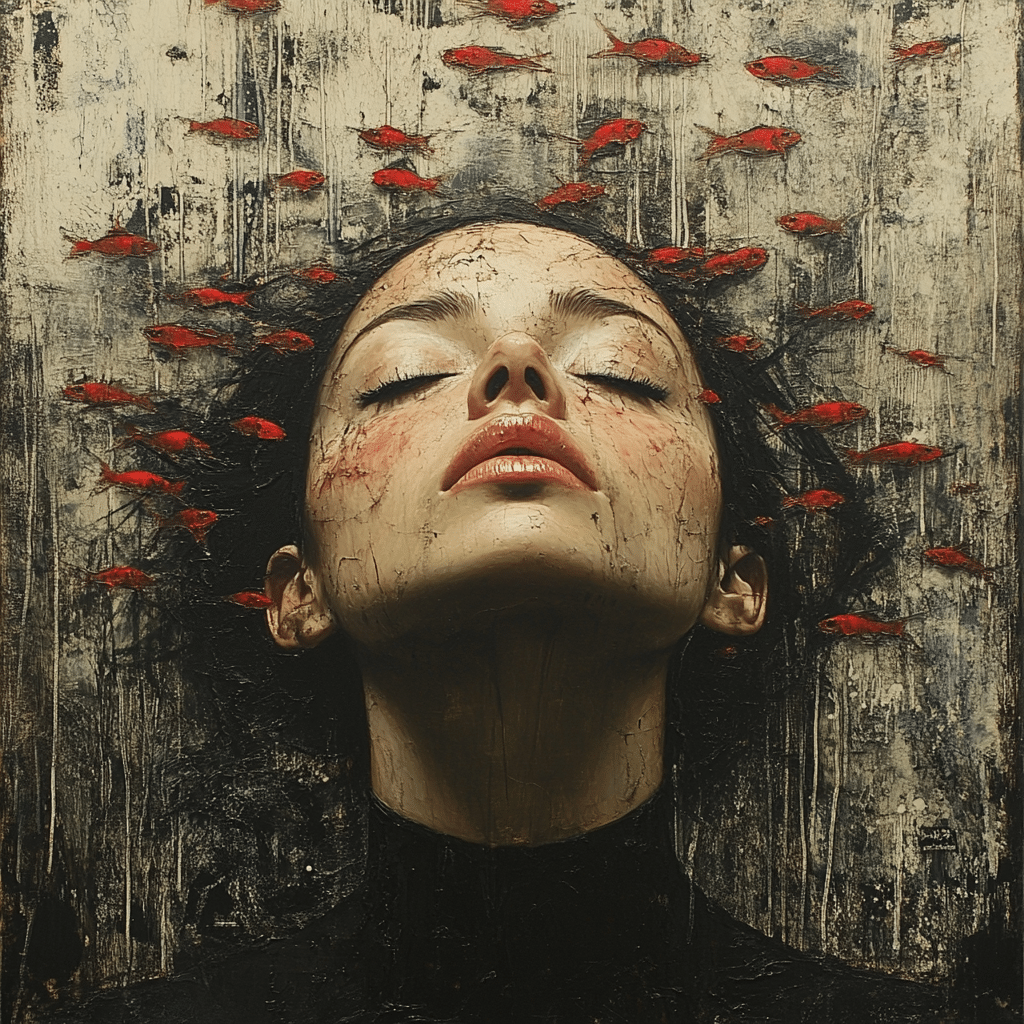When we think about entendre, our minds might drift to clever wordplay in our favorite films or the lyrics of catchy songs. This linguistic device, with its rich world of meanings, fosters connections that run deeper than surface-level conversation. From the playful edges of double entendre to the soul-searching depths brought forth in poignant narratives, entendres encourage us to engage on multiple levels. So, let’s embark on a journey to truly understand the alluring layers of entendre in today’s media landscape.

1. The Duality of Entendre: A Historical Perspective
The concept of entendre isn’t just a modern gimmick. Its roots delve deep into literary tradition—think Shakespeare, whose mastery of layered language still captivates audiences today. The double entendre emerges when a phrase hints at two meanings simultaneously, engaging the audience’s intellect and emotional response. This technique has shifted its presence from the pages of classic literature to the slick screens of modern advertising, captivating anyone who stumbles upon it.
In the early days, authors utilized these clever wordplays to engage their readers and add another layer of interaction. Fast forward to today, and you’ll see that advertisers and filmmakers have adopted this technique. It enriches narratives while enticing viewers to look beyond the obvious. Whether it’s in the eloquent quips of dialogue or cheeky taglines, understanding entendre is vital for appreciating not just the story, but the subtleties that accompany it.
As entendre has evolved, it now pervades every corner of entertainment. From blockbuster hits to indie films, its presence highlights cultural nuances that might otherwise go unnoticed. This exploration of meaning blends humor, nostalgia, and often stark realities, pulling audiences into a richer dialogue about life, love, and the myriad connections we form.

2. Top 5 Examples of Double Entendres in Popular Culture
Double entendres have seeped into popular culture like coffee into a cozy mug on a rainy Sunday. Here are five captivating examples that illustrate the cleverness and effectiveness of this linguistic device:
Don Draper’s pitch for a cigarette ad resonates not just with nostalgia but also subtly mocks the era’s nonchalant attitude towards smoking. The phrase “It’s toasted” cleverly refers to the cigarette’s preparation while evoking a carefree sentiment that masks the health risks involved.
Rihanna knows how to craft a catchy tune with hidden meaning. In “Umbrella,” when she sings, “You can stand under my umbrella,” she’s not just talking about protection from the rain; it’s a metaphor for emotional shelter in a romantic partnership.
In the beloved series “Outlander,” the word “sassenach” is a beautiful testament to cultural and personal interaction. Though it originally denotes an Englishman, it blooms into a term of endearment between Claire and Jamie, symbolizing their complex love story against a backdrop of conflict.
“BoJack Horseman” isn’t just a show about a washed-up actor—it’s a deep analysis of fame, depression, and the human experience. The clever use of double entendres allows for humor while addressing profound issues, making it a highly relatable series for viewers on different levels.
Old Spice’s “The Man Your Man Could Smell Like” slogan stands out as a masterclass in double entendre. It humorously flips gender stereotypes, appealing to both men and women with its clever play on traditional masculinity.
3. Sassenach: Cultural Resonance in Modern Texts
The term “sassenach” perfectly encapsulates the fusion of cultural ties and complexities within relationships. In “Outlander,” it’s used as both a label and a term of endearment, symbolizing love and conflict. This layered meaning invites readers and viewers to reflect on how language can embody both personal and collective identities.
As the stories evolve, terms like “sassenach” help build connections between characters and their histories. It’s fascinating how such words can carve out unique spaces in narratives, highlighting the profound impact that cultural references can have on audience engagement.
In contemporary texts, these nuanced understandings of language lead to richer character development and plot progression. Understanding the subtleties of terms allows audiences to engage with these narratives on a deeper level, appreciating not just the story but the cultural conversations they spark.
4. Analyzing the Impact of Double Entendre on Audience Engagement
The magic of double entendre doesn’t just reside in its cleverness. Research indicates that this type of wordplay encourages spectators to think critically, leading to emotional and intellectual investment in the content. When filmmakers and advertisers incorporate layered language, they invite viewers to decode messages, sparking deeper discussions about the narrative.
In advertising, for example, campaigns laden with double entendres captivate audiences and motivate them to engage with brands. Cleverly crafted slogans and taglines become memorable not just for their humor but for their underlying meanings that resonate with diverse audiences.
Movies often employ double entendres to drive storylines forward or add levity to serious moments. It punctuates dialogues with wit, allowing for laughter amidst tension, which enhances the viewing experience. This level of audience engagement is a testament to how powerful language can be when wielded with intention.
5. Crafting Your Own Entendre: Tips for Writers and Creators
For fellow creators yearning to harness the power of double entendres, here are a few handy tips to get you started:
Tailoring your double entendres to your audience is crucial. Consider what themes resonate with them and how your word choices can enhance their engagement.
Build subtext into your characters and storylines. Allow viewers to uncover meanings upon reflection, creating an experience that persists well beyond the viewing.
Don’t shy away from puns and homophones! These linguistic elements can open doors to richer interpretations and surprise audience expectations.
Be mindful of cultural implications when crafting your language. Make sure your word choices enhance the narrative and foster connection rather than division.
By honing these techniques, creators can deepen their storytelling, enriching the audience experience and creating bonds that resonate on multiple levels.
Weaving Mental Threads: The Ever-Evolving Nature of Entendre
As we wade through today’s storytelling landscapes, the layers of entendre continue to inspire and connect audiences far beyond simple entertainment. Clever wordplay fosters an engaging dialogue about culture, identity, and the human journey. With every jest, pun, and layered phrase, the art of entendre showcases the boundless potential of language.
Embracing the power of multiple meanings enriches creativity and amplifies the connections among creators, audiences, and the diverse narratives they exist within. So next time you indulge in a movie, a catchy tune, or even a clever ad, take a moment to peel back the layers and discover the intricate world of entendre waiting just beneath the surface. Who knows? You might just find a deeper appreciation for the unforgettable characters and stories you love.
Unpacking the Layers of Entendre
The Playful Nature of Entendre
Have you ever caught a movie line that made you chuckle not just because it was funny, but because it had layers? That’s the magic of entendre, which finds its charming place in dialogues across cinema. For instance, in the acclaimed series featuring Shane from The Walking Dead, the cleverly crafted dialogue often holds double meanings that add depth to character relationships. Fans love to dive deep into these exchanges, making every watch a fresh experience.
Cultural Connections and Wordplay
The cultural landscape is rich with examples of entendre. Take food, for example—many culinary terms carry double meanings. Who wouldn’t find a clever twist in referring to espresso Beans as “fuel” for creativity? It’s fascinating how something as simple as a coffee reference can create a bridge between art and everyday life. It’s a delightful reminder of how wordplay can brighten our conversations, just like pairing those chic Sam Edelman Sandals with a stunning outfit.
Showcasing Novelty in Films
Let’s hop over to more recent cinematic tales. The upcoming Moana live-action cast is generating buzz not just for its star studded lineup but also for its potential to play with the original’s themes through clever dialogue layered with entendre. Viewers are eager to see how these meanings manifest on the big screen, much like how The Rock With hair surprised fans in various roles—who ever thought he could rock a marine look? With all these examples, it’s clear that entendre evolves and revives stories, much like the trend of red And shoes that impressively ties fashion with pop culture.
In the end, whether it’s discovering the hidden gems in scripts or delighting in unexpected humor, entendre gives our storytelling depth and dynamism. It reminds us that language can be as playful as a spirited conversation or as profound as a nuanced film scene. Let’s keep our ears tuned; you never know what double meaning might pop up next!





